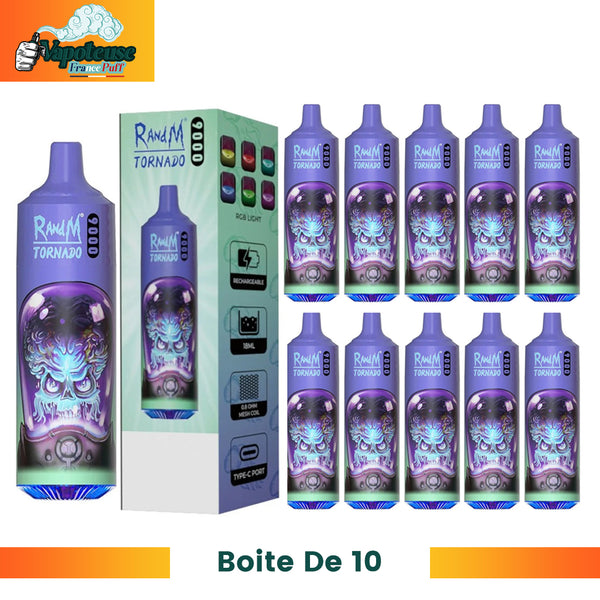Eco-Friendly Options for Newcastle signs in 2025
n 2025, businesses are facing growing pressure to adopt sustainable practices, not only in operations but also in their branding and marketing efforts. One area where eco-conscious decisions can make a significant impact is signage. Today’s customers are more environmentally aware and tend to support businesses that demonstrate a commitment to sustainability.
Signage companies like Screen Signs are leading the way by offering eco-friendly solutions that help businesses reduce their environmental footprint while still making a strong visual impact. When it comes to Newcastle signs, many local businesses are now embracing green alternatives without compromising on style, durability, or effectiveness.
In this blog, we answer common questions about sustainable signage and explore the most practical and popular eco-friendly options available in 2025.
FAQ 1: Why Should Businesses Consider Eco-Friendly Signage in 2025?
Answer: Adopting eco-friendly signage is no longer just a trend—it’s a strategic decision with real benefits:
- Positive brand image – Customers are more likely to support businesses that align with their values.
- Cost savings – Many sustainable materials are durable and reduce long-term maintenance costs.
- Regulatory compliance – Government incentives and future environmental laws may favor sustainable practices.
- Environmental responsibility – Reducing landfill waste, emissions, and toxic materials helps protect the planet.
Sustainable signage allows businesses to show leadership in corporate social responsibility while also appealing to the growing demographic of eco-conscious consumers.
FAQ 2: What Materials Are Used in Eco-Friendly Newcastle Signs?
Answer: Several materials are now available that are both eco-conscious and visually appealing:
- Recycled Aluminium – Lightweight, durable, and 100% recyclable, making it ideal for outdoor signs.
- Bamboo or FSC-Certified Wood – A great renewable option for indoor signs with a natural aesthetic.
- Biodegradable Plastics – Made from plant-based sources like corn starch or sugarcane, reducing plastic pollution.
- Recycled Acrylic or PETG – Offers a glossy finish while reusing plastic waste.
- Chalkboards & Reusable Surfaces – Ideal for menus or rotating promotions, reducing the need for reprints.
These materials meet the visual and functional needs of modern signage while aligning with sustainable values.
FAQ 3: Are Eco-Friendly Inks and Printing Options Available?
Answer: Yes. In 2025, most professional sign companies now offer eco-solvent or UV-curable inks, which are:
- Low in volatile organic compounds (VOCs)
- Non-toxic and odorless
- Durable for both indoor and outdoor use
These inks provide high-resolution printing quality without releasing harmful fumes into the environment. Additionally, digital printing reduces waste by printing only what’s needed, eliminating excess materials and unnecessary production runs.
FAQ 4: How Can Digital and LED Signage Be Eco-Friendly?
Answer: While digital signs consume energy, newer models are designed with sustainability in mind:
- Energy-efficient LEDs use up to 80% less power than traditional lighting.
- Solar-powered signage reduces grid dependence and energy costs.
- Smart sensors and timers help reduce energy use by controlling brightness and operating hours.
Digital signage is especially popular in Newcastle signs for storefronts, shopping centers, and public spaces due to its flexibility and long-term cost savings.
FAQ 5: Can Eco-Friendly Signs Be Durable and Weather-Resistant?
Answer: Absolutely. Sustainability doesn’t mean sacrificing longevity or resilience. Many green materials, like recycled aluminium and treated bamboo, are designed to withstand harsh weather conditions. Additionally:
- UV-resistant coatings extend the life of prints without fading.
- Anti-corrosion finishes ensure signs last longer in coastal areas like Newcastle.
- Laminates and sealants used today are often water-based and eco-friendly, protecting both the sign and the environment.
When produced and maintained properly, eco-friendly signs can last just as long—if not longer—than traditional ones.
FAQ 6: What Happens to Old or Outdated Signs?
Answer: Sustainable signage practices also include responsible disposal and recycling. Reputable sign providers will:
- Disassemble and recycle parts like aluminium frames and plastic panels.
- Repurpose signage materials for new signs or community projects.
- Offer refacing services, where only the graphics are replaced, preserving the main structure.
This process reduces waste and saves on resources—benefiting both your business and the planet.
Conclusion: Go Green with Confidence in 2025
As environmental concerns become more urgent, it’s clear that sustainable signage is no longer optional—it’s essential. Choosing eco-friendly options for your Newcastle signs shows your customers that you care about the world we share while also enhancing your brand’s reputation and longevity.
By working with experienced local providers like Screen Signs, you can confidently navigate the transition to green signage with stylish, durable, and impactful results.













